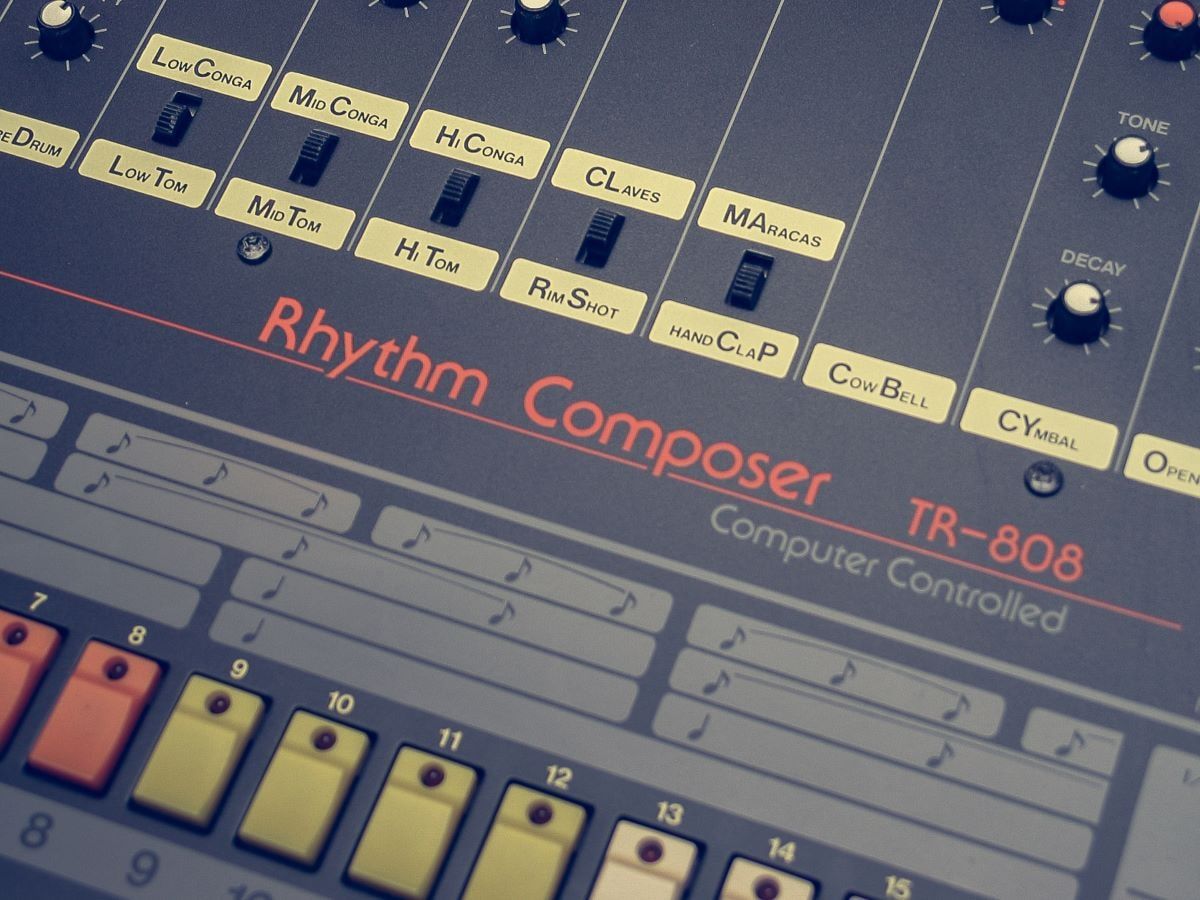How Film Scores Are Composed to Enhance the Viewing Experience

The Symphony of Silence: How Film Scores Elevate the Cinematic Experience
The silver screen, a canvas of light and shadow, tells its stories through moving images. But the true magic, the emotional depth that resonates long after the credits roll, often lies in the unseen: the film score. Far from mere background noise, a film score is a meticulously crafted tapestry woven from sound, designed to amplify, enhance, and even subtly manipulate the viewer’s emotional response. It’s a silent storyteller, whispering secrets into the hearts of the audience.
This journey into the world of film scoring unveils the intricate process, the creative choices, and the profound impact these sonic landscapes have on our cinematic experiences.
Beyond the Melody: The Architect of Emotion
A film score isn’t just a collection of pretty melodies; it’s a sophisticated architectural design, meticulously constructed to serve the narrative. Composers collaborate closely with directors, dissecting each scene, exploring the emotional undercurrents, and identifying the specific emotional cues they want to evoke. This collaborative process is a crucial element in crafting a score that seamlessly integrates with the visual narrative.
The composer acts as a translator, converting the visual language of cinema into the emotive language of music. A tense standoff might be underscored by a dissonant string section, creating a palpable sense of anxiety. A joyous reunion, on the other hand, could be celebrated with soaring strings and triumphant brass. The nuances are subtle, yet potent, shaping the audience’s understanding and engagement with the story.
The Tools of the Trade: Orchestration and Instrumentation
The choice of instruments plays a crucial role in establishing the mood and tone. A lonely flute might evoke a sense of isolation, while a full orchestra could portray epic grandeur. Consider the chilling effectiveness of Bernard Herrmann’s string-heavy score for Psycho, or the whimsical charm of Danny Elfman’s quirky instrumentation in Edward Scissorhands. Each instrument possesses its own unique timbre, and a skilled composer uses this diversity to paint a sonic picture that perfectly complements the on-screen action.
| Instrument | Emotional Connotation | Example Film/Scene |
|---|---|---|
| Strings | Sadness, romance, tension, suspense, grandeur | Titanic (Love theme), Schindler’s List (Holocaust scenes) |
| Brass | Power, triumph, heroism, grandeur | Star Wars (Imperial March), Braveheart (Battle scenes) |
| Woodwinds | Serenity, nostalgia, whimsy, mystery | Pan’s Labyrinth (Magical elements), Toy Story (Warmth) |
| Percussion | Action, suspense, excitement, horror | Jaws (The shark’s theme), The Lord of the Rings (Battle of Helm’s Deep) |
Thematic Development: A Narrative Through Sound
One of the most powerful techniques used in film scoring is thematic development. Composers often create recurring musical themes associated with specific characters, locations, or ideas. These leitmotifs reappear throughout the film, subtly reminding the audience of these elements and weaving a deeper emotional connection. The iconic “Imperial March” from Star Wars immediately conjures Darth Vader and his menacing presence, even without seeing him on screen.
Beyond the Score: Sound Design and its Synergy
The film score isn’t operating in isolation. It’s intricately interwoven with sound design, which encompasses all the non-musical sounds within a film – the creaking of a door, the rustling of leaves, the roar of a crowd. The combined effect of the score and sound design creates a holistic sonic experience that deeply immerses the viewer in the film’s world.
The Silent Conductor: The Composer’s Vision
Ultimately, the power of a film score lies in its ability to transcend the visual narrative, creating a deeper, more resonant emotional experience. It’s a collaborative art form, a dance between image and sound, where the composer acts as a silent conductor, guiding the audience through the emotional landscape of the film. The next time you watch a movie, listen closely. The symphony playing in the background might just be the most important part of the story.

